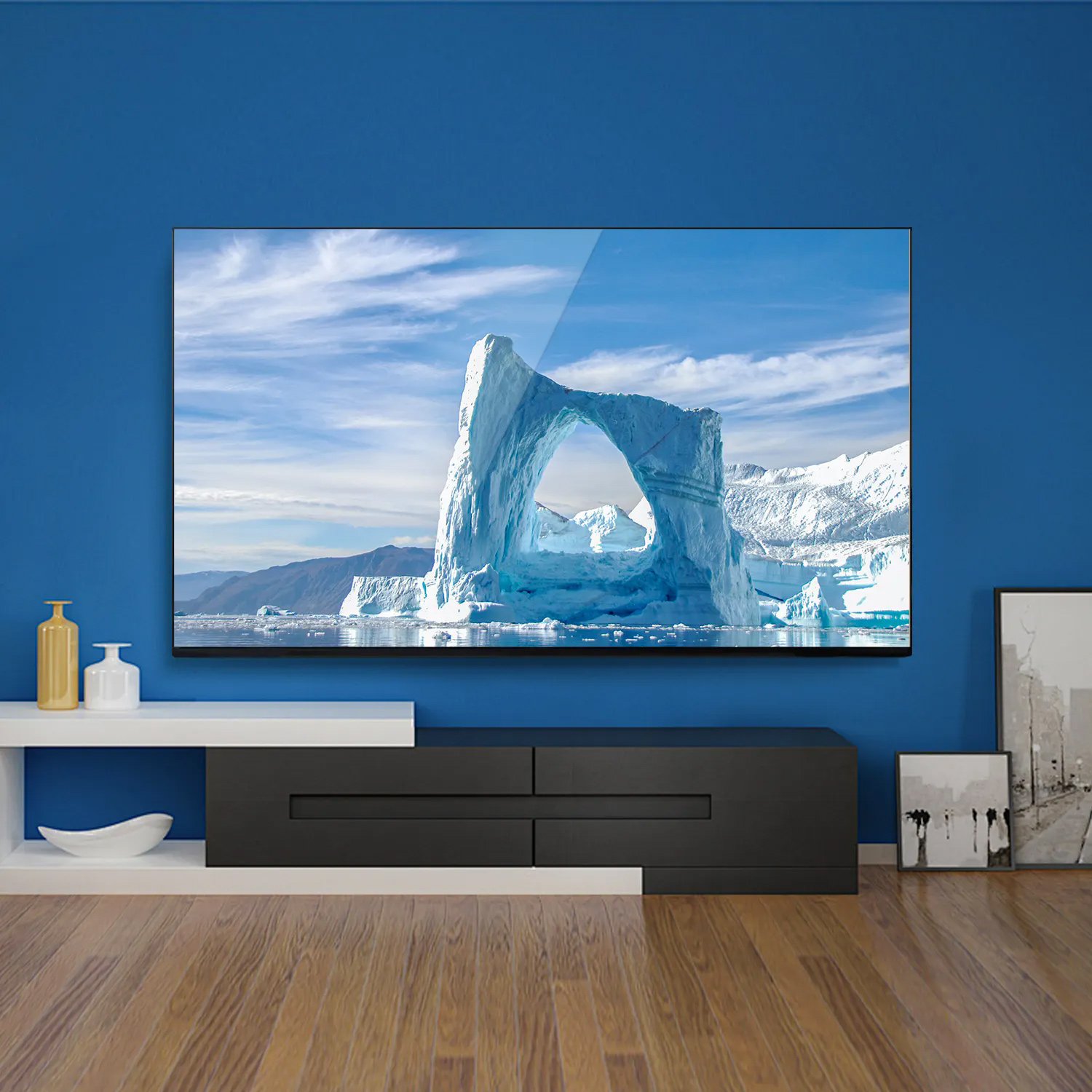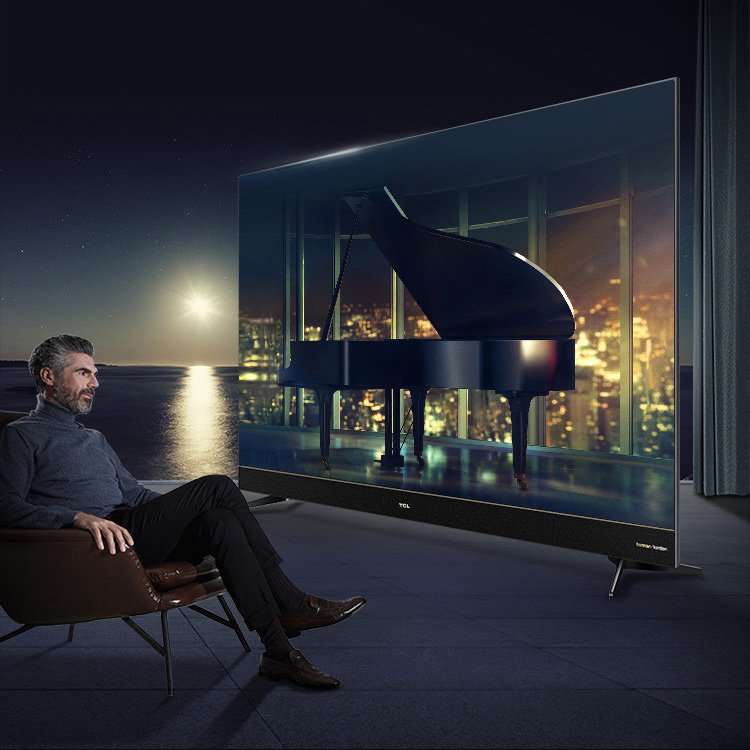Introduction to Smart TV in Business
Smart TV technology has evolved beyond personal entertainment to become a powerful business tool across multiple industries. With advanced features like internet connectivity, app ecosystems, AI integration, and interactive displays, Smart TV are revolutionizing how companies operate, market, and engage with customers.
Enterprise Collaboration Solutions
Smart Conference Systems
Modern Smart TVs serve as central hubs for hybrid meetings. Samsung’s Flip Pro series combines 4K displays with digital whiteboarding capabilities, supporting multi-user annotation and automatic meeting transcription. LG’s webOS Hub integrates Zoom, Teams, and Webex with AI-powered camera tracking that automatically frames speakers.
Digital Signage Networks
Retail chains deploy Smart TV networks for synchronized content delivery. Walmart’s in-store TV network uses Samsung’s MagicInfo solution to manage 500,000+ screens nationwide, reducing content update time from days to minutes. The system integrates with inventory databases to display real-time product availability.
Retail and Marketing Innovations
Interactive Customer Engagement
Best Buy’s store displays feature LG’s transparent OLED Smart TV that switch between product demos and augmented reality shopping assistants. Nike’s flagship stores use Sony’s BRAVIA Signage displays with gesture control for virtual shoe trials, increasing conversion rates by 37%.
Programmatic Advertising
Smart TV platforms enable targeted ads based on viewing analytics. Roku’s Audience Marketplace processes 50 billion ad impressions monthly, using first-party data to deliver personalized commercials. Walmart Connect’s TV ads achieve 25% higher recall than traditional spots through shoppable QR codes.
Hospitality and Public Space Applications
Hotel Entertainment Systems
Marriott’s “Connected Room” initiative equips 500,000 rooms with LG Smart TVs that sync with guests’ mobile devices. The system remembers preferences across stays and integrates with room service ordering, achieving 92% guest satisfaction scores.
Digital Wayfinding
Airports like Changi Singapore use Samsung’s Smart Signage for multilingual navigation. The displays integrate flight data, retail promotions, and emergency alerts, handling 200+ simultaneous touch interactions during peak hours.
Healthcare and Education Solutions
Telemedicine Platforms
Cleveland Clinic deploys Panasonic’s Medical Grade Smart TVs for remote consultations. The devices meet HIPAA standards with encrypted video and integrate with EHR systems, reducing specialist wait times by 40%.
Interactive Learning Environments
Harvard Business School classrooms feature Sony’s Edge Analytics displays that track student engagement through facial recognition. The system provides real-time feedback to professors about concept comprehension levels.
Manufacturing and Control Rooms
Industrial Dashboards
Tesla’s factories use 98-inch LG Smart TVs as production monitoring hubs. The displays aggregate data from 20,000+ IoT sensors with 50ms latency, enabling real-time quality control adjustments.
Security Operations
Bank of America’s security centers utilize Samsung’s Wall display technology, creating video walls from modular Smart TV panels. The system processes 15,000+ camera feeds with AI-powered anomaly detection.
Future Trends and Conclusion
Emerging applications include:
- AI-powered virtual shopping assistants using Samsung’s Neon technology
- Holographic displays for automotive showrooms (Pioneer’s 3D HoloTV)
- Blockchain-based content verification for media companies
As 5G and edge computing mature, Smart TVs will increasingly function as all-in-one business platforms. With global commercial display market projected to reach $83 billion by 2027 (IDC), enterprises across sectors are transforming customer experiences and operational efficiency through Smart TV innovations.









